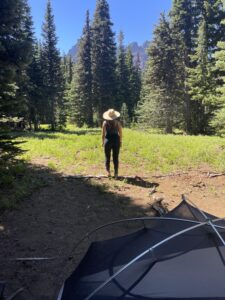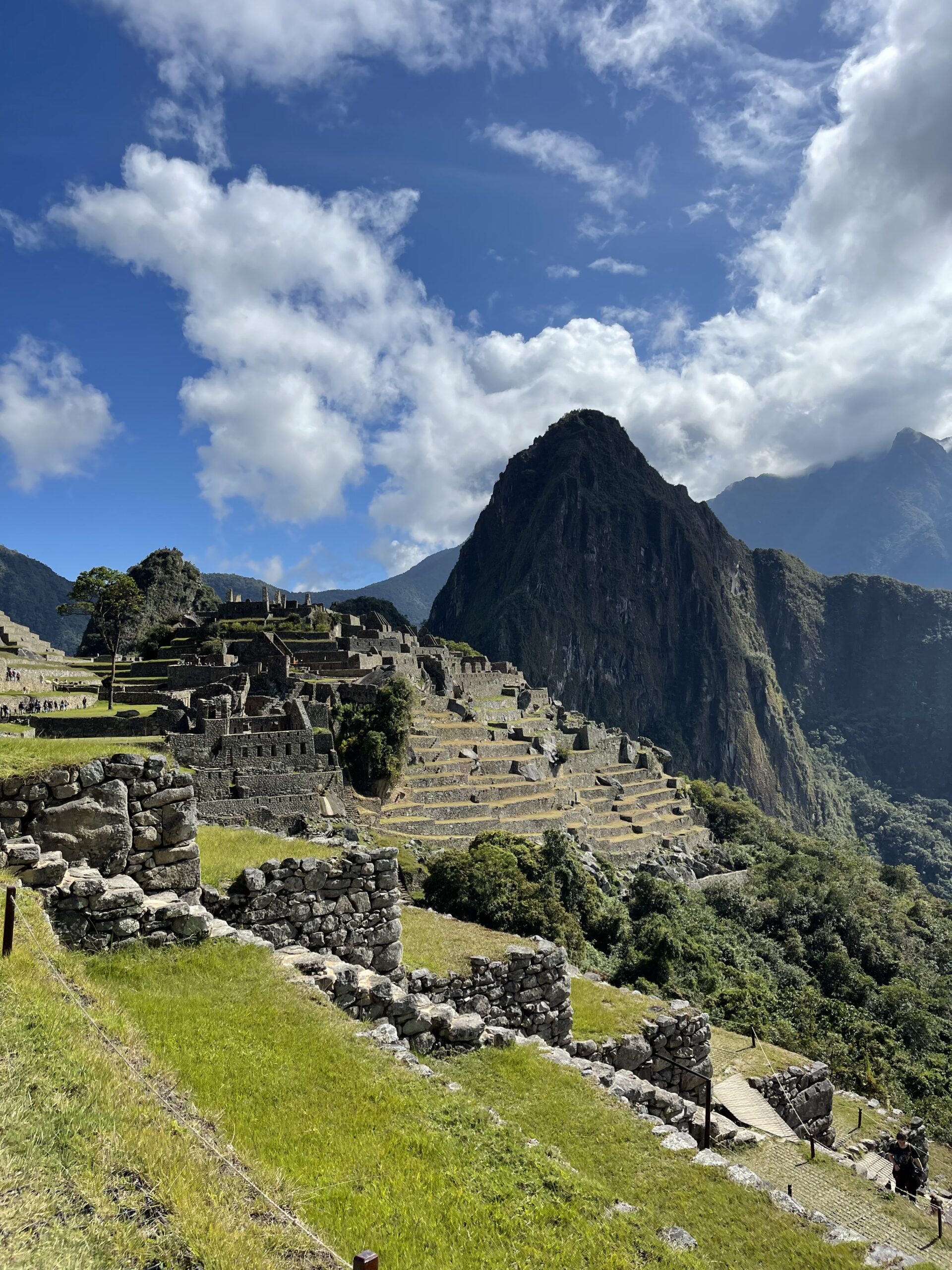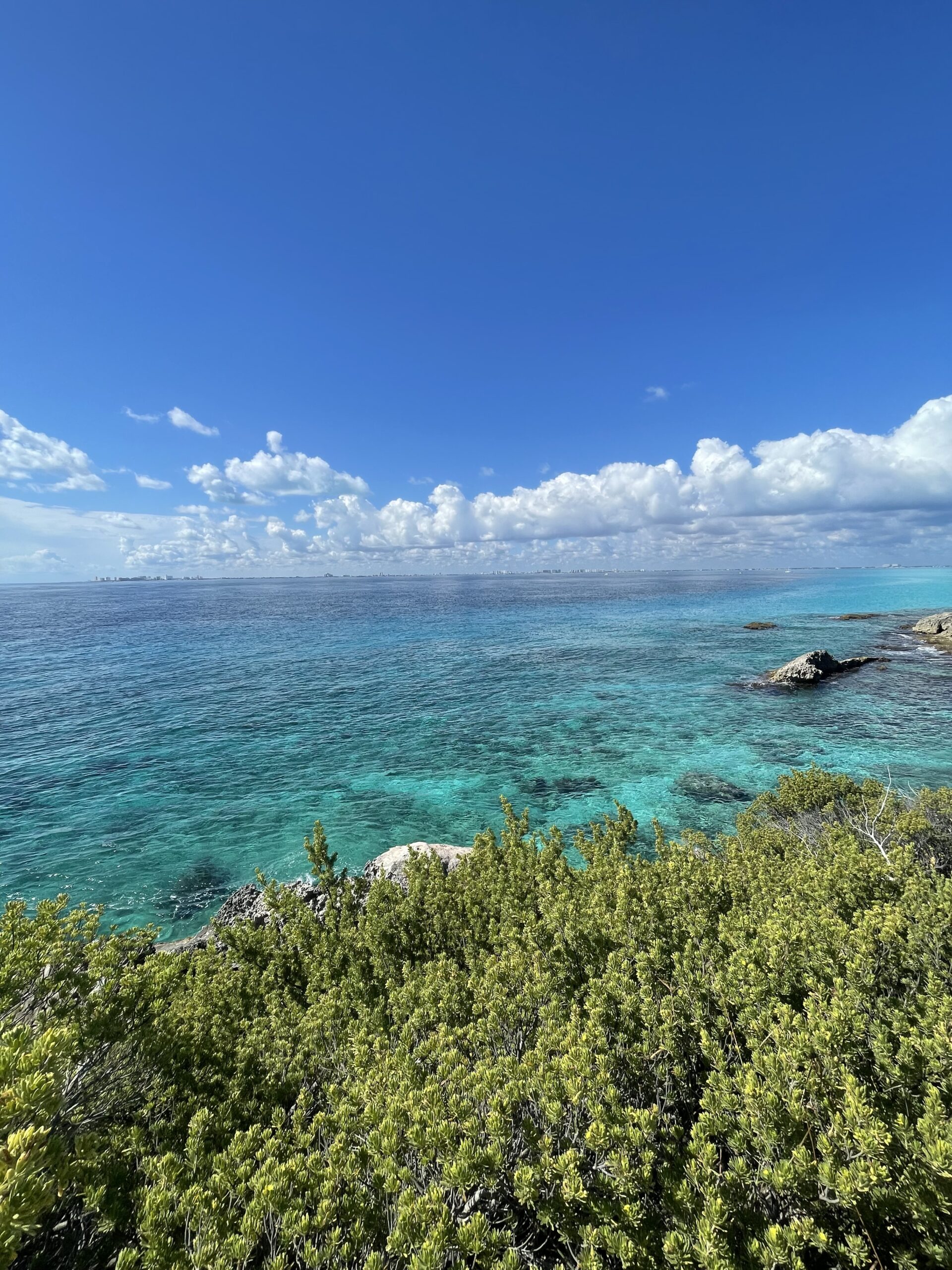How To Plan Your Sustainable Trip
A common question asked is where to start with any trip planning, and when you are trying to plan a sustainable trip, it can be even more of a struggle. Below I will go over my tips to make planning a sustainable trip easier for you and more accessible, and I will show you how to do this for all of your future trips!
Start Here: Step 1 Figure Out Your Location
This may seem like an obvious step, but the first step is choosing where and when you want to travel. There are a few ways to make this more sustainable, and that is to travel to places that are less popular with tourism. This helps protect overpopulated areas as well as helping smaller, less known or less popular places grow economically.
Also, traveling in the off season can be beneficial to a place as well to support the community, local businesses, and help with their economy all season long.
Step 2 Figure Out Your Transportation:
Once you figure out the when and where, the next step will be figuring out how to get there. Do you have to fly there? Can you road trip? Are there trains or buses that can take you to your destination?
Taking a flight somewhere is the worse mode of transportation for the planet, however, if you have to fly there, try to take a direct flight over having layovers because take off and the landing is when the most carbon emissions are emitted into the atmosphere.
Trains or buses would be the best option when traveling sustainably because public transportation helps to cut down your carbon emissions and reduces the number of cars driving places.
Step 3 Figure Out Where You Are Staying:
Now comes some fun researching! You get to find a place to stay while you are traveling. There are many different types of places to stay while traveling such as staying in hotels, hostels, airbnbs, home stays, guesthouses, and camping. Obviously, there are different reasons and places where it is better to stay in certain places, for example, I am planning a summer trip to Istanbul Turkey where airbnbs are not legal, so in this instinct I’m not going to stay in one there. Another example is if I am going on a road trip, I am most likely going on a camping trip where I will either camp at a designated camping spot or for free somewhere where it is allowed to camp.
Camping is probably the most sustainable option, which is kind of obvious, because it requires no electricity, your money isn’t supporting a large corrupt company, and you can even get your camping gear second hand.
Hostels, guesthouses, airbnbs or any local, small scale accommodations are typically more sustainable because of their environmental impact. Local accommodations help to support the local community, they usu sally are smaller scale so have a smaller footprint, and they typically source their stuff locally.
Sometimes, hotels are the only option, which is ok, but there are more sustainable hotel options. Look for hotels that adopt sustainable methods and look if they have a sustainable certification. Also, staying at local hotels or local chain hotels are better than large chain hotels. Try to think about what the money you are spending is supporting. Is it supporting local economies and the local community or is it supporting big corporations that do little to support or take care of the planet?
Step 4 Figure Out Your Plans:
Start planning what you are going to do on your trip. If you are planning on staying in a city, is there public transportation you can use to get around? If you are staying in the country side, do you need to rent a car? Obviously public transportation is better for the environment, so if you are going somewhere with adequate and safe modes of public transportation, then definitely use that rather than renting a car.
Are you going to go on a food tour? Go on a day trip? Go to museums or monuments?
Once you know your where and why, then comes the research part. I consider this the fun part because you get to learn about the place you are traveling to and find out what you really want to do there.
When starting researching any trip I am going on, I like to read blogs about that place and narrow down what I am actually into based off their suggestions. However, when planning a sustainable trip there are some *extra* stuff to think about, like is where I am staying sustainable, are my activities causing negative impacts to the people, the place, or other things, like animals etc., are my tours eco-friendly, and how will I support the locals and the community.
How to Find Sustainable Alternatives
To find sustainable alternatives, I usually start the same way I start any trip planning. Once I know my location, I look into how I will get there. Will I drive there? Fly there? Take a train or bus?
If possible, I will drive, take a train or bus over flying, however, where I live in the U.S. and where I usually travel to requires multiple flights. If possible, try to avoid layovers since the landing and taking off is when the plane gives off the most carbon emissions. If you are traveling somewhere with train or bus options, those will be your best go-tos for sustainable traveling.
The next step would be finding a place to stay. Are there airbnbs? Are there sustainable hotels? Are there guesthouses, hostels, home stays? Supporting local is usually my go-to over a ‘chain’ hotel. This helps support the local community and economy and usually isn’t profiting from our environmental crisis or causing major destruction. Now a days, there are also a lot more options for sustainable or eco friendly hotels. This is a good place to start with a simple Google search of “sustainable hotels in (insert location you are traveling to)”. I would recommend looking more into what the hotel or place does that makes them sustainable or if they have any certification because there is a lot of greenwashing these days so just because somewhere claims to be sustainable may not mean they actually do stuff that helps our planet and environment.
How to Determine if something is actually sustainable
Greenwashing has been on the rise ever since people have started to become more eco conscious and living more sustainably. This can make it more difficult to know if something is truly sustainable or if it just claims to be. Below I’ll go over some tips to help you determine if something is actually sustainable.
Tip #1:
Look if the hotel, tour, restaurant, etc. has any sustainable credentials. Usually you can find this on the bottom of their homepages, on their about us page, or they may even have an entire page talking about the sustainable credentials or sustainable methods they take.


